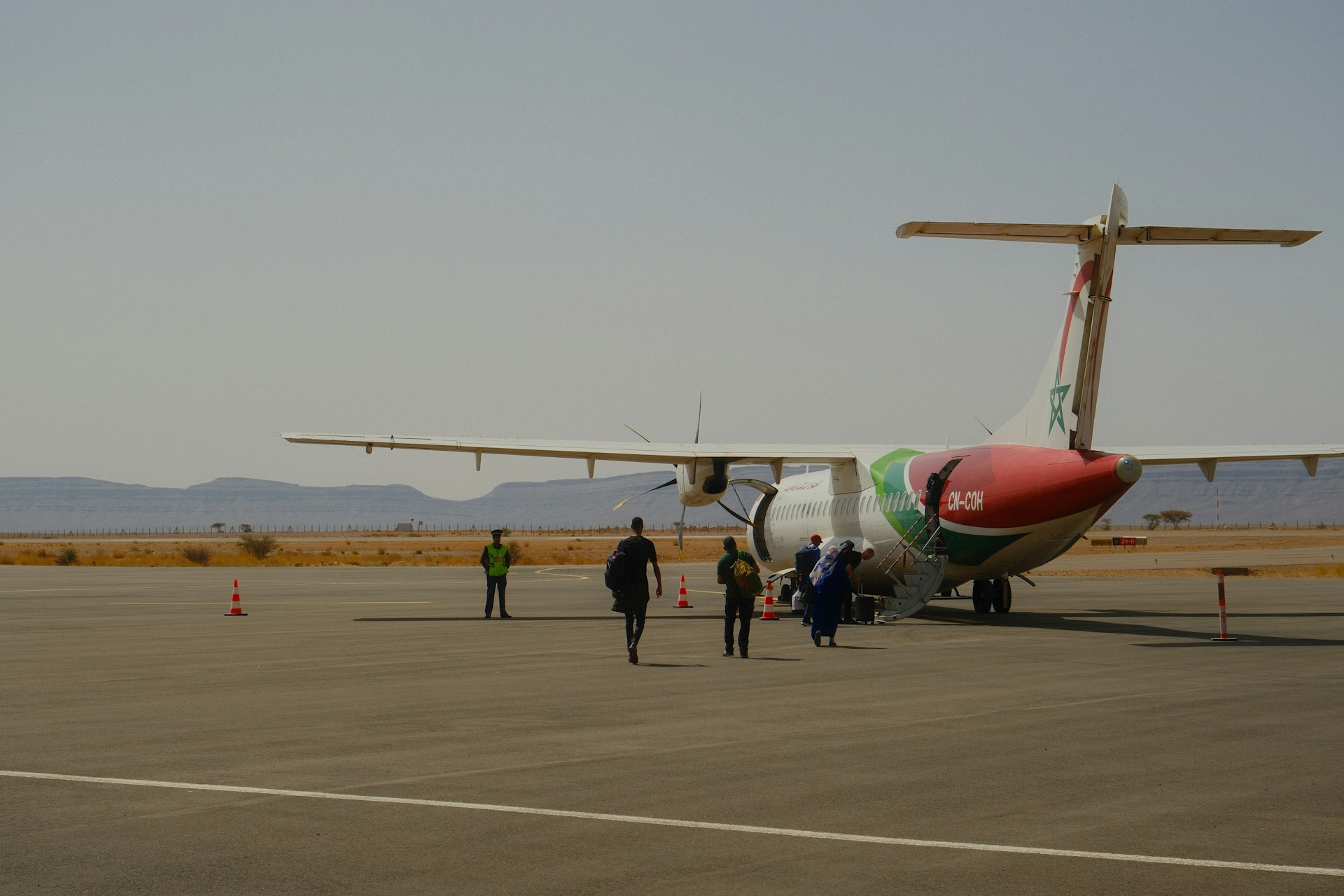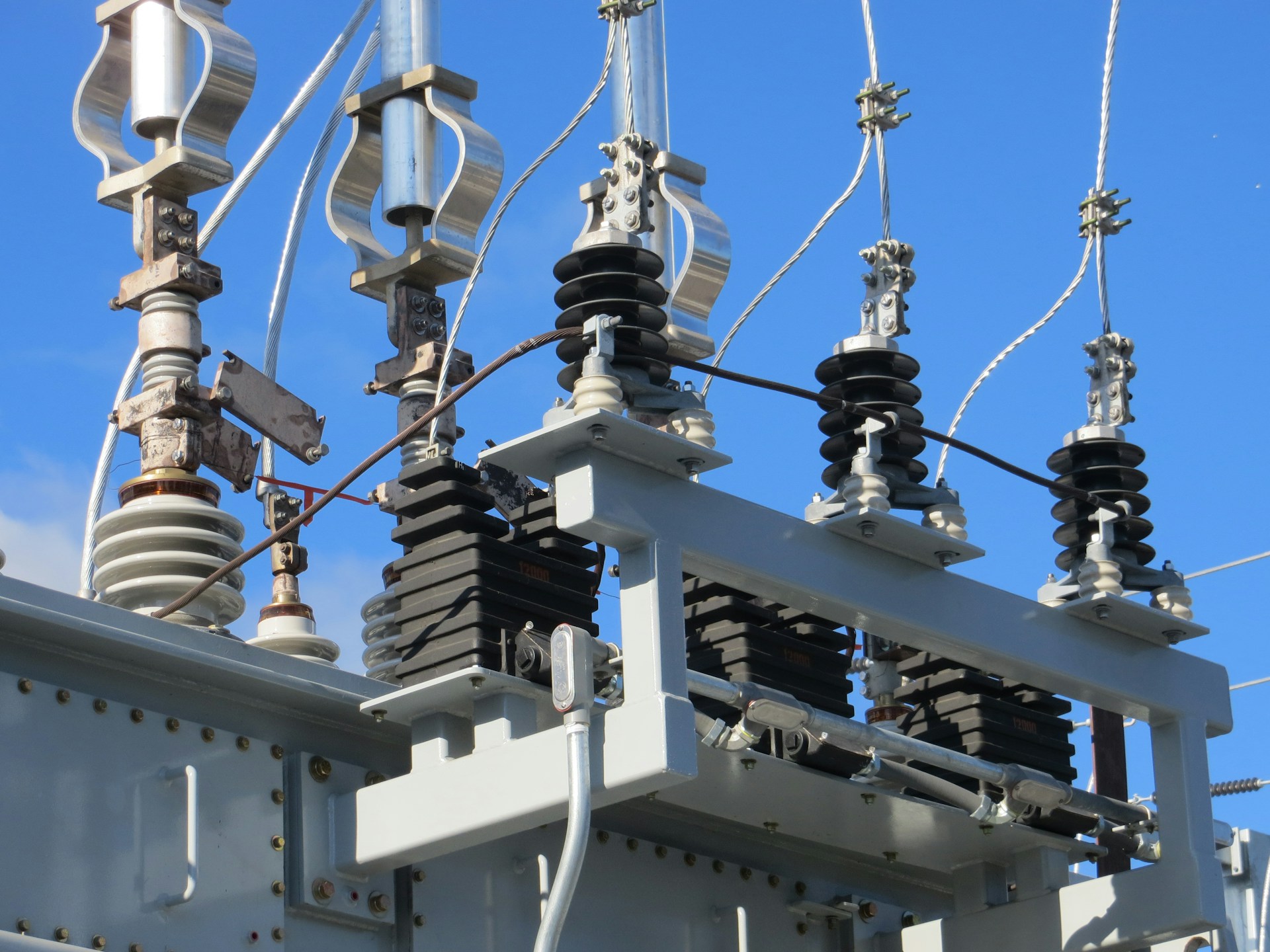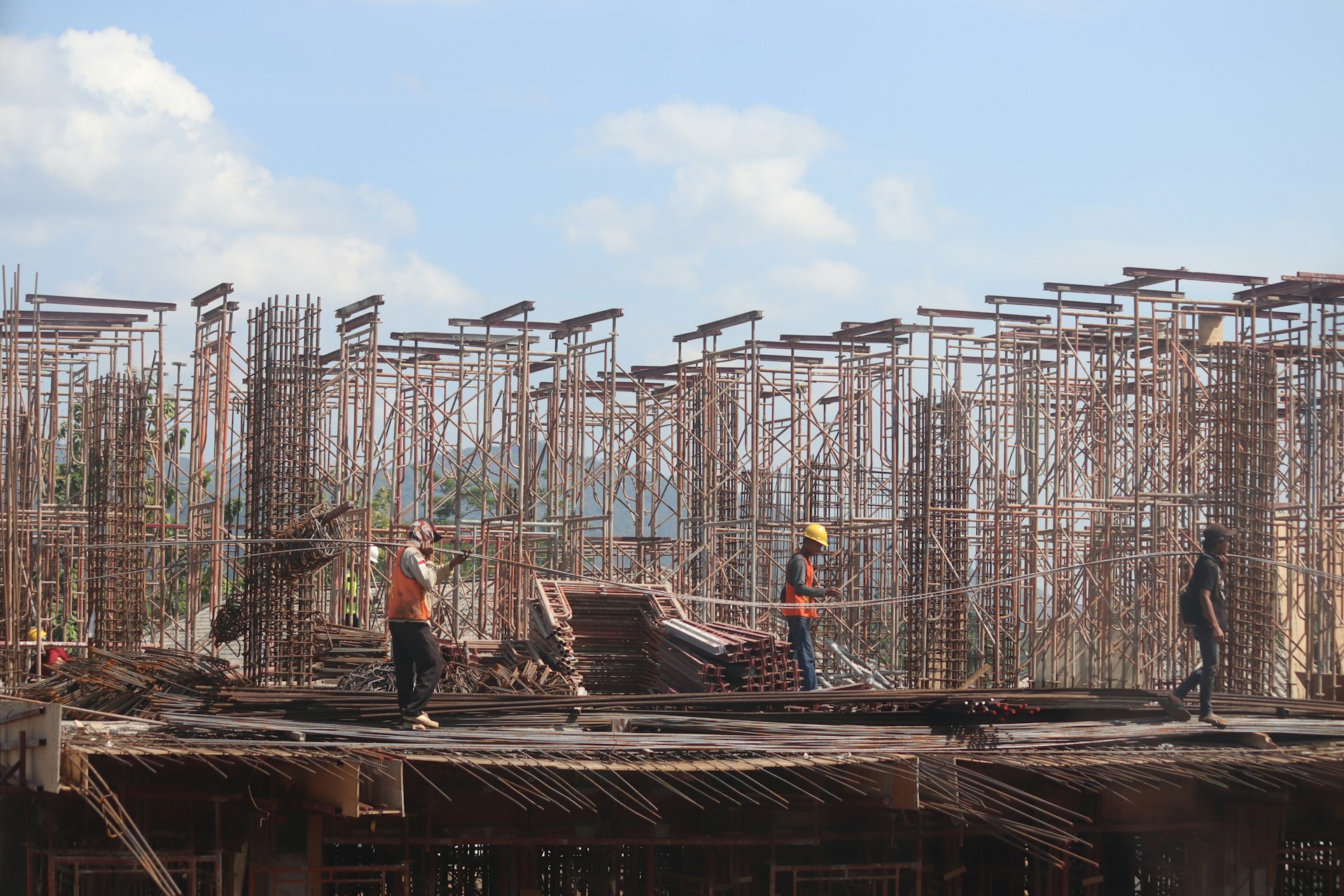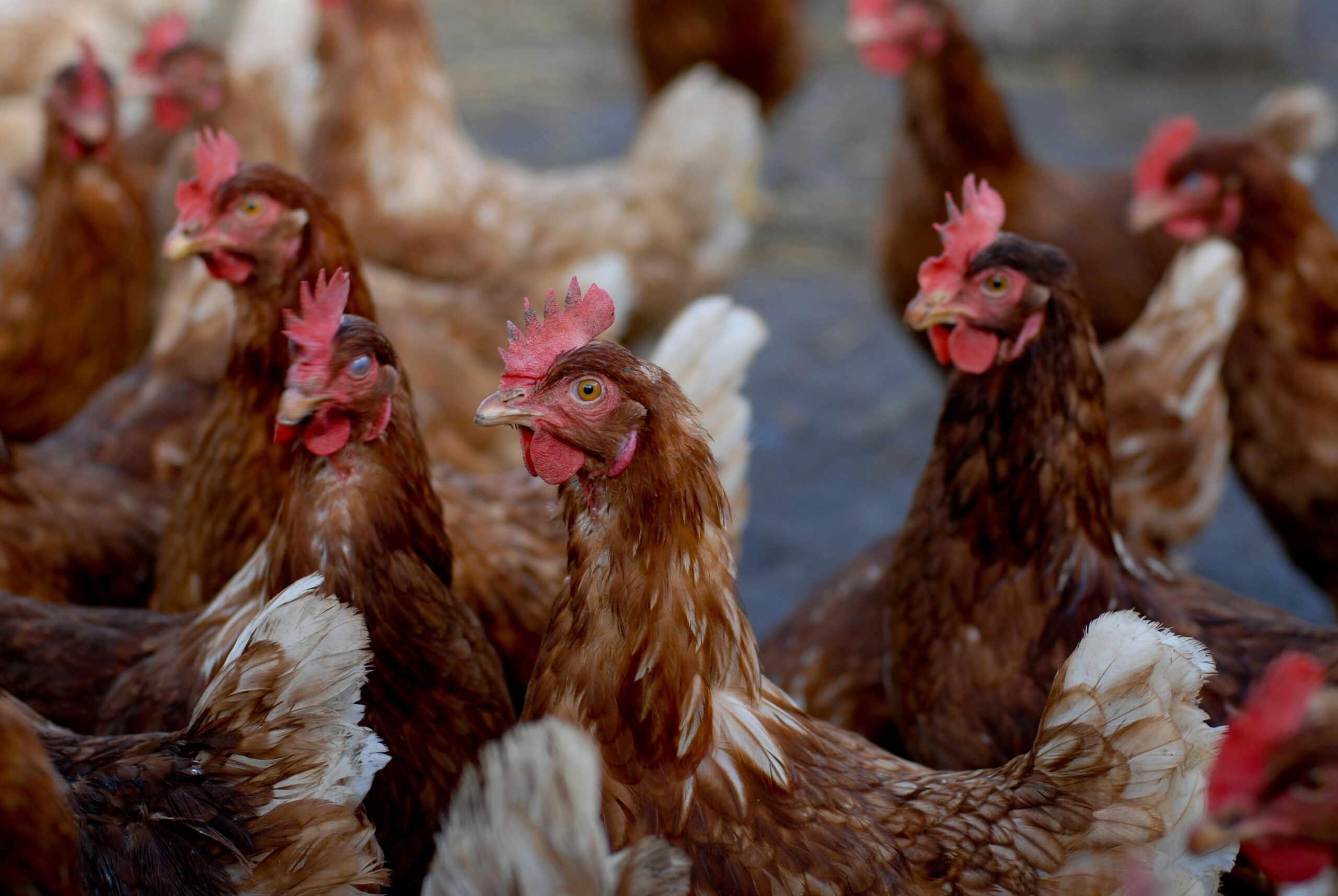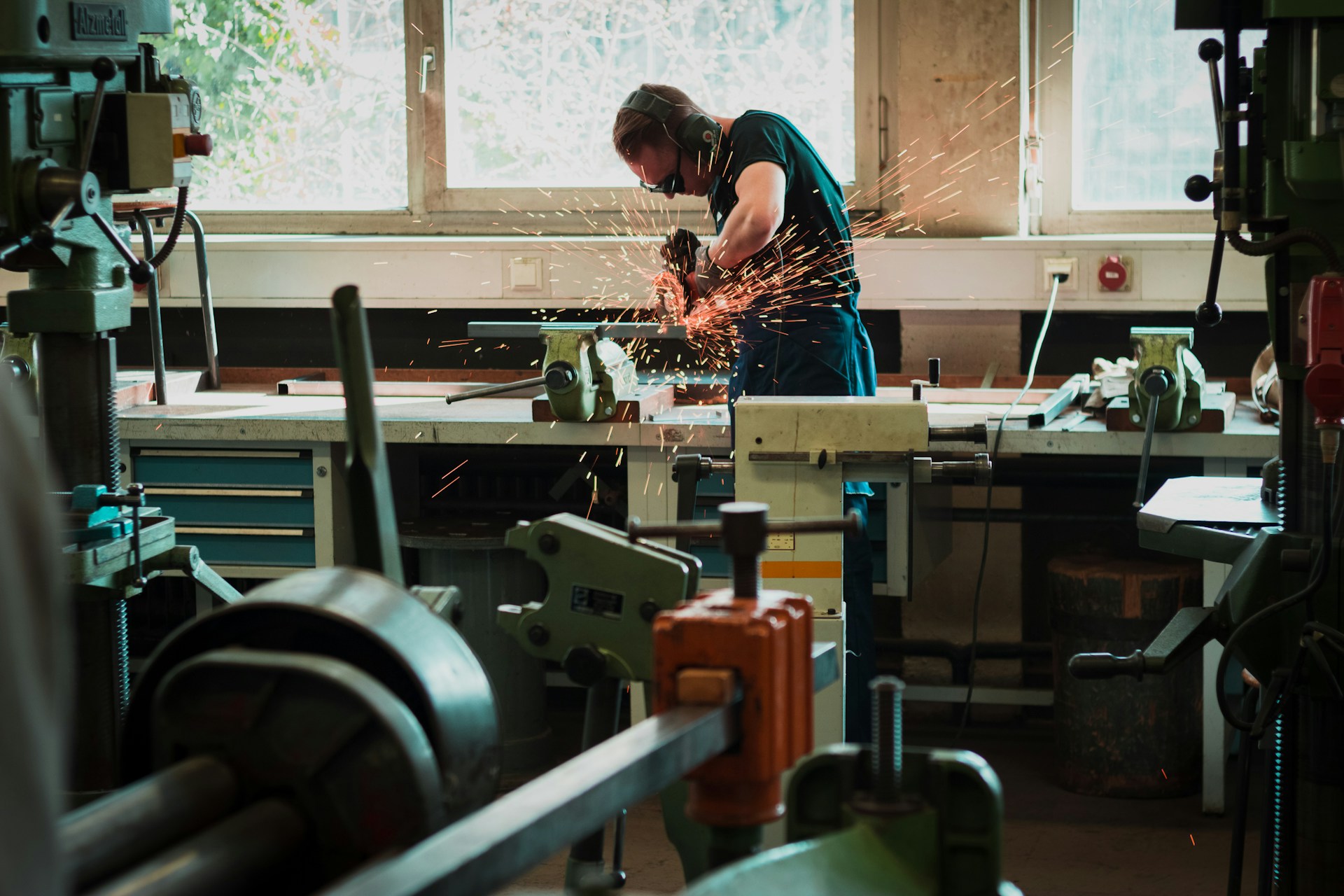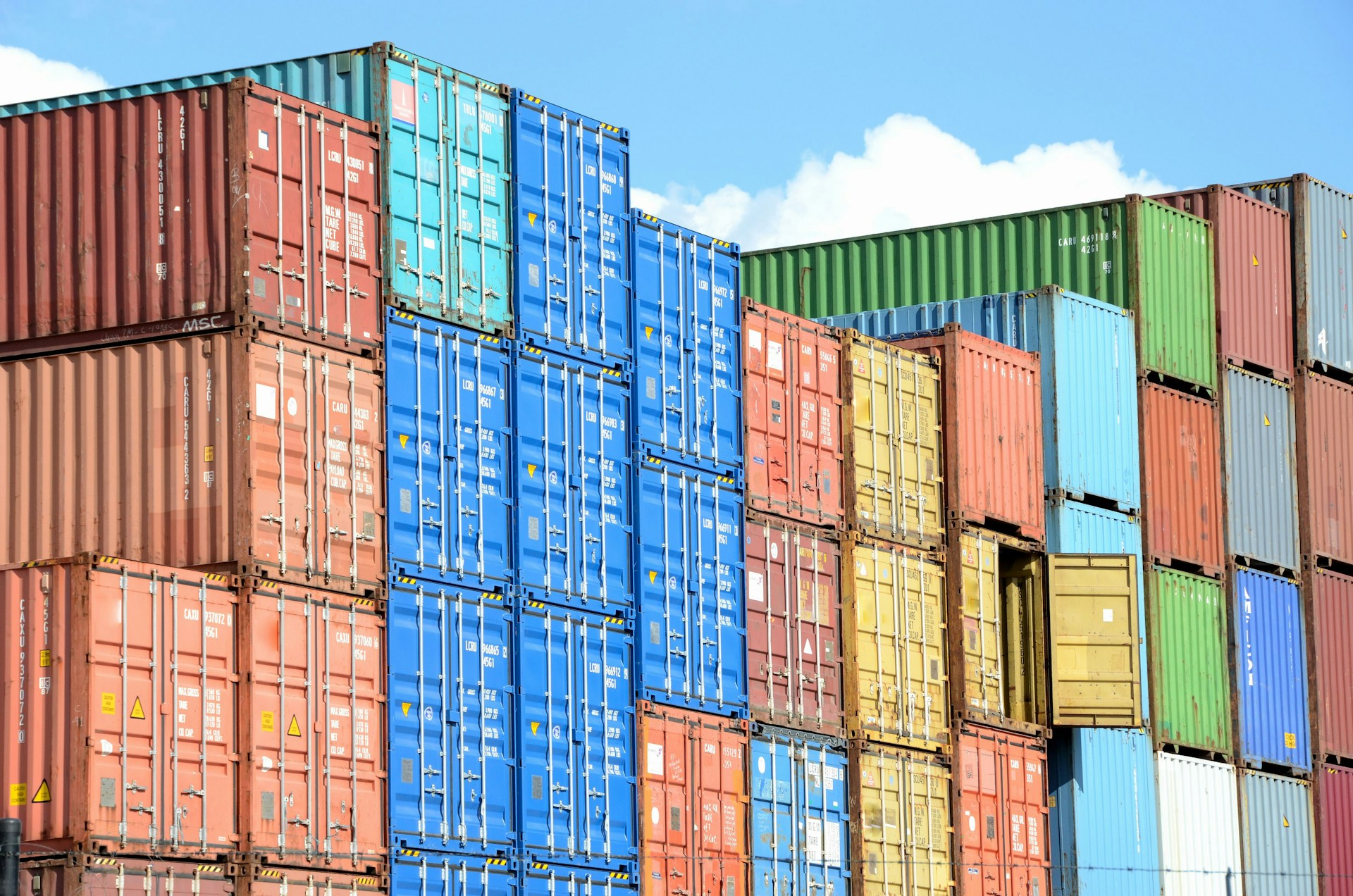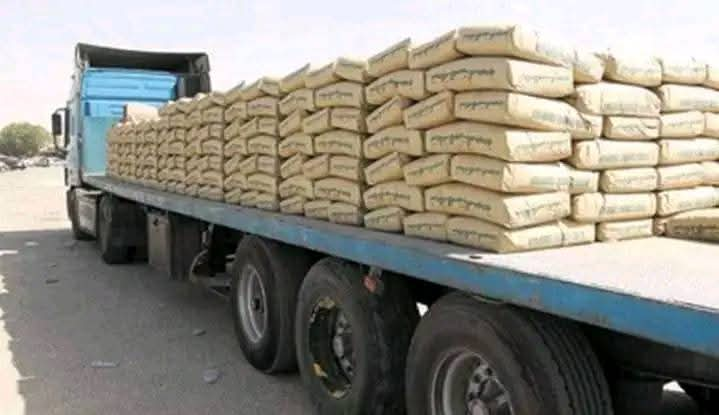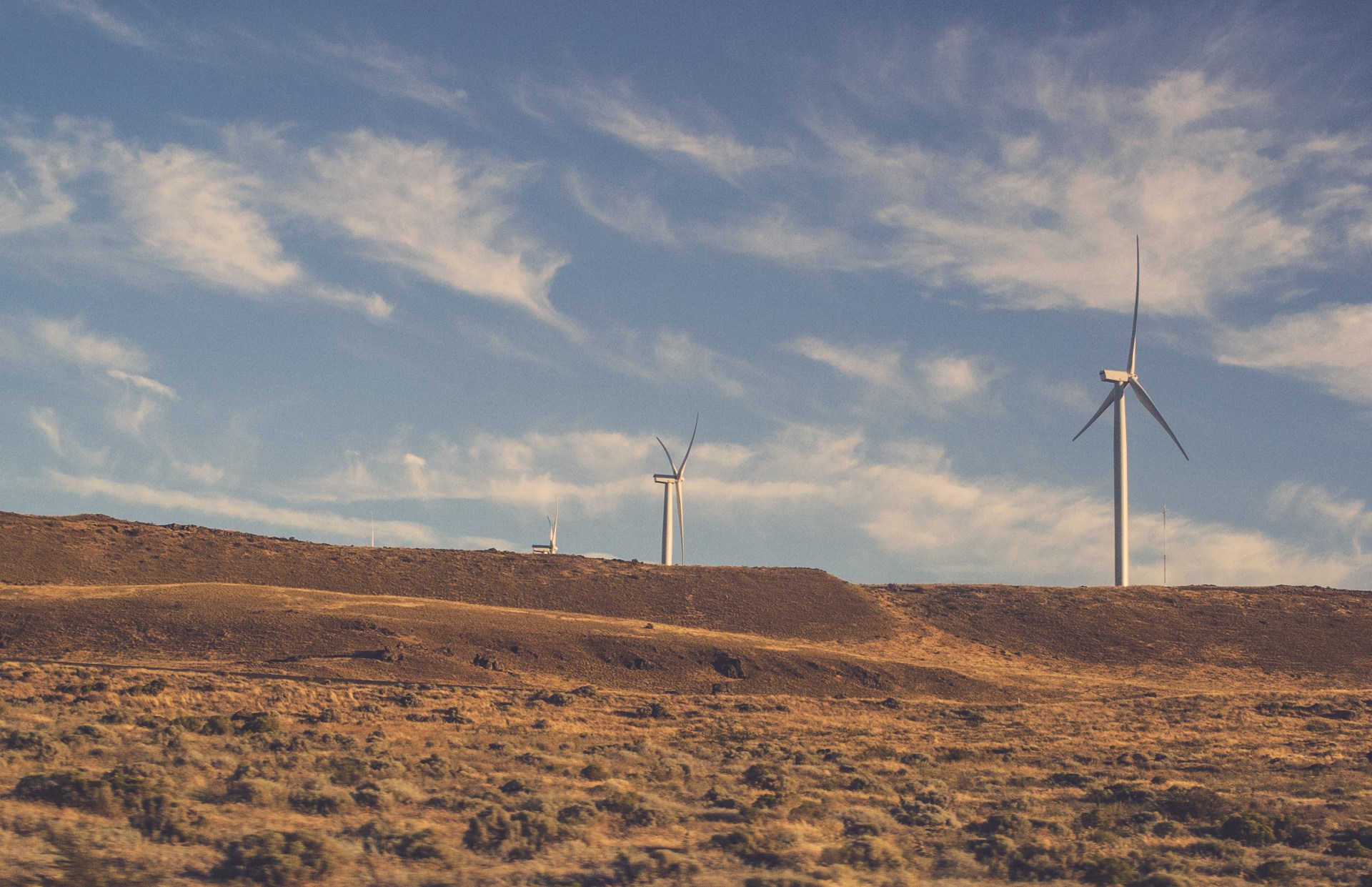Casablanca – Morocco’s preparations to host two of the world’s most significant football tournaments—the 2025 Africa Cup of Nations (AFCON) and the 2030 FIFA World Cup, which it will co-host with Spain and Portugal—are having a powerful ripple effect across the national economy. Central to this momentum is the construction sector, which is experiencing strong growth driven by a surge in infrastructure projects.
According to a recent report by Irish firm Research and Markets, Morocco’s construction industry is projected to grow by 3.9% in 2025, with average annual growth of 3.8% from 2026 through 2029. This expansion is being fueled by a combination of increased foreign direct investment (FDI) and a series of large-scale public projects focused on stadiums, transportation, energy, water, and housing.
Among the most prominent infrastructure efforts are the construction and renovation of major stadiums, the expansion of Morocco’s high-speed rail network, and the building of 20 large dams to reinforce water security. These initiatives are part of a broader strategy to modernize the country’s infrastructure and strengthen its global profile in preparation for increased tourism, trade, and regional integration.
One of the clearest signs of this sectoral surge is the sharp rise in cement consumption, a key indicator of construction activity. Between January and April 2025, Morocco recorded sales of over 1.14 million tons of cement, marking a 32% increase compared to the same period last year. Over the past twelve months, total cement consumption reached 4.52 million tons, up 10.34% year-over-year. These figures are closely tied to the growing demand for ready-mix and prefabricated concrete, used in stadiums, roads, and large residential projects.
However, this rapid expansion has not come without challenges. One of the most pressing issues is a shortage of construction labor, especially in skilled trades such as ironwork, masonry, and concrete finishing. This labor gap is slowing progress on certain key projects and has forced contractors to increase daily wages by as much as 50% in some areas.
Currently, daily wages for general construction workers range from $10 to $15, while specialized workers are earning between $17 and $31 per day. In response to this shortage, many companies have begun formalizing their labor practices, registering workers for social security and offering more stable employment terms. In addition, firms have increasingly turned to migrant workers from Sub-Saharan Africa to fill the gap and keep projects on schedule.
This dynamic is having broader implications for Morocco’s economy. The construction sector is now growing faster than the overall GDP, making it a key driver of national economic expansion. According to government data, over 52,000 construction jobs were created in the first quarter of 2025 alone, with many more expected as the infrastructure boom continues.
The indirect benefits of this boom are also considerable. Improvements in transport and urban infrastructure are expected to enhance Morocco’s competitiveness, support tourism growth, and boost productivity across other sectors such as logistics, retail, and manufacturing. Analysts note that the country’s cement, steel, and aluminum industries are also benefiting, as construction demand stimulates upstream supply chains.
That said, economists warn of the risks of oversupply in the residential real estate sector, where a mismatch between new housing developments and market demand could lead to inflationary pressures and localized slowdowns. They stress the importance of aligning new construction with actual housing needs to avoid speculative bubbles.
Still, Morocco’s strategy to leverage major sporting events as a catalyst for economic modernization appears to be on track. If implemented effectively, these investments will leave behind a legacy of modern infrastructure, stronger institutions, and a more resilient economy—one capable of sustaining growth well beyond 2030.
The AFCON 2025 and the World Cup 2030 are not just sporting milestones for Morocco; they represent a once-in-a-generation opportunity to reshape its economic landscape and accelerate national development across multiple sectors.
